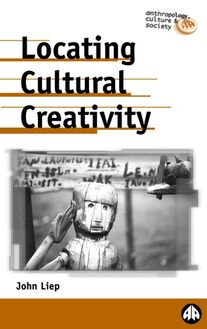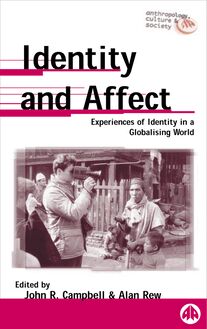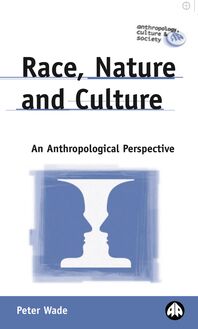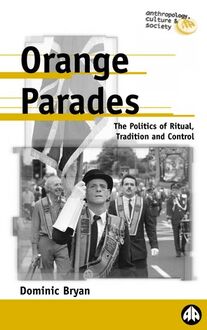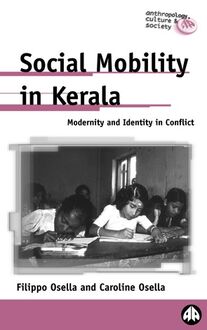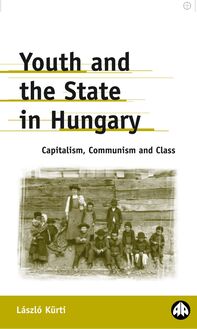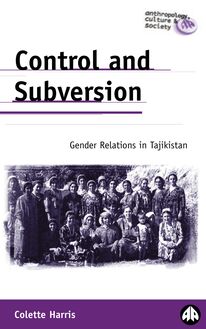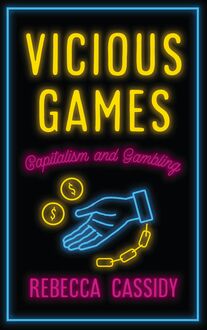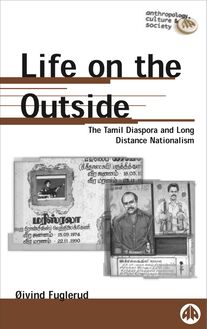Learning Politics From Sivaram , livre ebook
270
pages
English
Ebooks
2006
Obtenez un accès à la bibliothèque pour le consulter en ligne En savoir plus
Découvre YouScribe en t'inscrivant gratuitement
Découvre YouScribe en t'inscrivant gratuitement
270
pages
English
Ebooks
2006
Obtenez un accès à la bibliothèque pour le consulter en ligne En savoir plus
Publié par
Date de parution
20 décembre 2006
Nombre de lectures
0
EAN13
9781849642675
Langue
English
Poids de l'ouvrage
1 Mo
He started out as an active participant in the war against the Sri Lankan government - and was labelled a 'terrorist'. Yet he stepped away from ruthless violence. Instead, he became a high profile journalist in the Sri Lankan press, and used his position to fearlessly critique the government, despite repeated threats on his life. Finally, in 2005, Sivaram was assassinated.
This vivid life history also engages with much broader issues. It offers an intimate portrait of why an educated man adopts a position of supporting violence.
Note on Transliteration, Translation, Names and Neutrality
Three Prologues
1. Introduction: Why an Intellectual biography of Sivaram Dharmeratnam?
2. Learning Politics from Sivaram
3. The Family Elephant
4. Ananthan and the Readers Circle
5. From SR to Taraki - a 'serious unserious' journey
6. From Taraki to TamilNet: Sivaram as journalist, military analyst and Internet pioneer
7. States, Nations and Nationalism
8. Return to Batticaloa
Bibliography
Index
Publié par
Date de parution
20 décembre 2006
Nombre de lectures
0
EAN13
9781849642675
Langue
English
Poids de l'ouvrage
1 Mo
